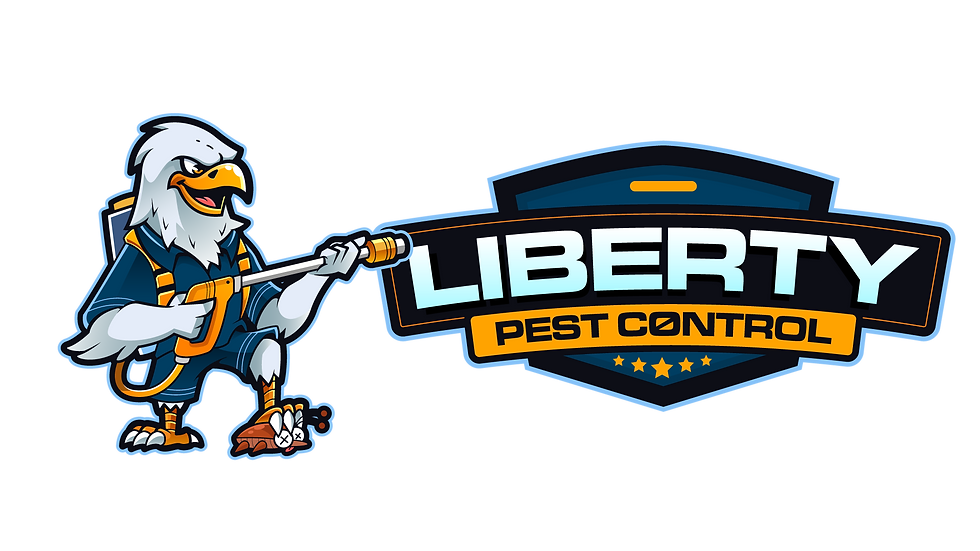How can I get rid of ants in the kitchen?
- marketing54996
- May 14, 2024
- 4 min read
Are tiny little black ants trailing throughout your kitchen? Or maybe, you have a teenager who left food in their room. Chances are, the tiny black ants you are seeing are the Odorous House Ant, also known as sugar ants. This is a common type of ant found in homes across the United States, especially during the spring and summer months. Ant infestations are one of the most common calls for help pest control professionals receive. These infestations can be frustrating for many homeowners. Despite your best efforts, certain factors may contribute to the persistence of odorous house ants. Understanding these challenges is crucial for devising an effective strategy.


Identification
Odorous house ants are dark brown or black and measure between 1/16 to 1/8 inches long. The petiole, which is a bump all ants have between the thorax and abdomen, is hidden. They are fast on their feet and can move quickly in lines. An easy form of identification is to crush the ant between your fingers. If it emits a smell resembling rotten coconut or even blue cheese, you have an Odorous House Ant.
Understanding The Odorous House Ant
This ant is most likely to enter homes after heavy rains when it is attempting to escape the flooding of its shallow ground nest. Odorous house ants will nest in virtually every imaginable location. The nests may be under pavement, stones, mulch, woodpiles, flowerpots, and even a pile of leaves. The colonies tend to be mobile and will relocate fast in response to changes in weather or a disturbance such as a can of Raid being sprayed on the ant trail. These ants will forage for food day and night. Outdoors, they prefer honeydew secreted from aphids. Indoor food may include sweets, meats, and even pet food, making kitchens and pantries their prime targets.

Elimination
If you are reading this article, it’s probably because you already have an ant problem. You can attempt to tackle this problem yourself, but in many cases, the ants will come back shortly after a homeowner treats for them. A pest control professional is often needed to provide long-term control. Believe it or not, ants can be picky in the foods they choose. Depending on what the colony is in need of, foraging ants may have a preference for sweet or protein-based food. This is the primary reason over-the-counter baits fail. Another reason homeowners struggle with eliminating an ant problem is because they are using a repellant insecticide. These are typically the aerosol cans you purchased at the grocery store. As described above, ants are social insects and they will move or split into multiple colonies when disturbed. It is best to use a non-repellent insecticide applied by a pest professional. This means it cannot be detected by foraging ants. Once the ants come in contact with the insecticide, it will spread through the colony like a virus, providing complete elimination.
Professional Treatment
Inspection
A thorough inspection should be performed prior to treatment. Identifying the correct species will provide the technician information necessary for elimination. This includes the ants preferred diet and nesting sites. Understanding the ants' behavior is crucial for a targeted treatment. An inspection will often lead to finding the source of the problem such as moisture or food, and even the ant nest itself.

Education
Following a thorough inspection, your pest technician can advise on preventing recurrence. Steps involve keeping surfaces clean, storing food in airtight containers, and promptly cleaning spills. Outdoors, they'll look for moisture sources like the A/C drip line or crawl space water, which can lead to future ant issues.
Treatment
Placing ant baits strategically in high-traffic areas. Ant baits work by attracting foragers, who then carry the bait back to the nest. The bait is dispersed throughout the colony effectively eliminating the entire colony. In many cases, it is best to place the bait outdoors along foraging ant trails. This helps the ants find the bait much faster and will draw the colony outside. Baits placed indoors will continue attracting the colony indoors, creating frustration for the homeowner. Non repellent insecticides are then applied to the home's foundation, around the ant trails and nesting sites, helping to speed up the process of elimination.
Continuous Monitoring
Once the problem is eliminated, it is recommended to stay on a preventive maintenance plan. Your technician will regularly monitor your home and reapply treatments to prevent re-infestation. Follow-up inspections help ensure the long-term success of the pest control strategy, helping you maintain a pest-free home.

Prevention Tip To prevent odorous house ants from entering your home, you should:
- Keep your sink free of dirty dishes.
- Sweep, mop, and vacuum regularly to remove crumbs and spills.
- Keep your trash sealed and take it out regularly.
- Caulk to seal gaps, cracks, and holes in exterior walls to keep ants from getting inside your home.
- Minimize moisture in and around your home. This includes installing gutter downspouts and preventing crawlspace moisture.
Remember, each ant infestation is unique, and a tailored approach is essential for effective elimination. If your DIY efforts have fallen short, our team is equipped to implement a comprehensive strategy to finally liberate your home from pests! Give us a call at (270) 564-8077 or fill out our contact form here and we will do an on-site consultation to address the issues.


